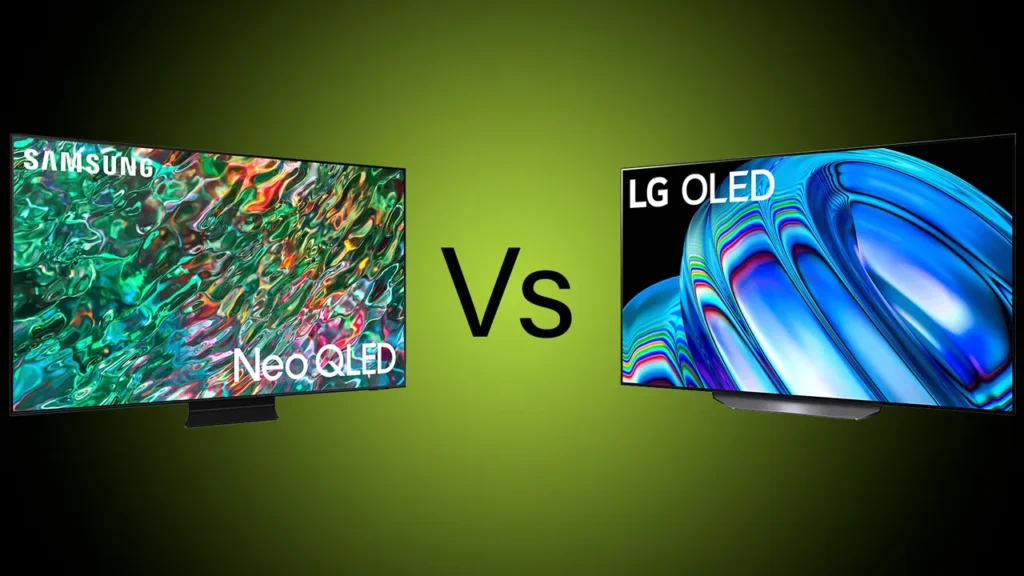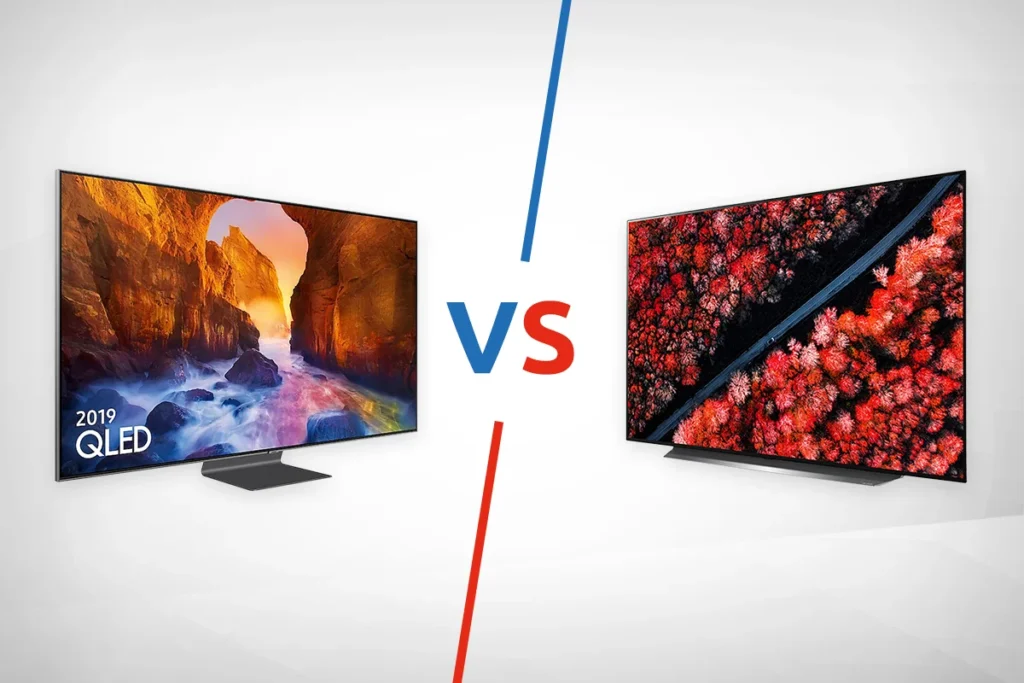In the realm of television technology, two prominent contenders have emerged in recent years, each boasting impressive advancements and claiming superiority over the other. OLED (Organic Light-Emitting Diode) and QLED (Quantum Dot Light-Emitting Diode) have revolutionized the viewing experience, offering consumers unparalleled picture quality and innovative features. But when it comes to choosing between OLED and QLED, which technology truly reigns supreme? This comprehensive guide delves deep into the intricacies of both technologies to help you make an informed decision.
Understanding OLED Technology
OLED TVs utilize organic materials that emit light when an electric current passes through them. Unlike traditional LCD TVs, which require a backlight to illuminate the pixels, OLED pixels are self-emissive. This means each pixel can independently emit light and completely turn off to achieve true black levels. Here are some key features of OLED technology:
- Perfect Black Levels: OLED TVs can achieve perfect black levels because each pixel can turn off individually, resulting in unparalleled contrast and depth in dark scenes.
- Infinite Contrast Ratio: With the ability to produce true blacks, OLED TVs offer an infinite contrast ratio, enhancing the realism and vibrancy of colors.
- Wide Viewing Angles: OLED panels maintain consistent color accuracy and contrast even when viewed from sharp angles, making them ideal for large rooms or seating arrangements.
- Response Time and Motion Handling: OLEDs have faster response times compared to traditional LCDs, reducing motion blur and ensuring smooth playback, which is beneficial for fast-paced content like sports and action movies.
- Thin and Flexible Design: Due to the absence of a backlight layer, OLED panels can be extremely thin and even flexible, allowing for innovative designs and wall-mounting options.
Exploring QLED Technology

On the other hand, QLED TVs incorporate quantum dots, which are microscopic semiconductor nanocrystals that emit different colors of light depending on their size. QLED TVs still use a backlight like traditional LCDs but enhance picture quality through quantum dot technology. Here are the key features of QLED technology:
- Brightness and HDR Performance: Quantum dots improve brightness levels and enhance HDR (High Dynamic Range) performance by producing more vibrant and lifelike colors, making HDR content truly spectacular.
- Color Accuracy: QLED TVs offer excellent color accuracy and can achieve a wide color gamut, meeting industry standards like DCI-P3 and Rec. 2020, which are essential for displaying content as intended by content creators.
- Improved Energy Efficiency: Compared to OLEDs, QLEDs can be more energy-efficient due to advancements in LED backlighting technology and the use of quantum dots to enhance brightness without significantly increasing power consumption.
- Durability and Longevity: Quantum dot technology is known for its durability, providing a longer lifespan compared to OLED panels, which may be susceptible to degradation over time, especially in bright environments.
- Price Point and Availability: QLED TVs are generally more affordable than OLEDs, making them a popular choice for consumers looking to invest in high-quality picture performance without breaking the bank.
Comparing OLED vs. QLED: The Verdict
When choosing between OLED and QLED, it ultimately boils down to your specific preferences and viewing priorities:
- Black Levels and Contrast: OLEDs excel in producing true blacks and infinite contrast ratios, making them ideal for cinephiles and those who prioritize superior picture quality in dark room environments.
- Brightness and Color Vibrancy: QLEDs offer brighter displays and enhanced color vibrancy, making them suitable for well-lit rooms or environments where HDR performance is crucial, such as gaming setups.
- Viewing Angles and Motion Handling: OLEDs maintain consistency in color accuracy and contrast across wide viewing angles, whereas QLEDs may experience slight degradation in picture quality when viewed from sharp angles.
- Budget and Value: QLEDs generally offer a more cost-effective solution without compromising on picture quality, making them a practical choice for consumers looking to upgrade their viewing experience without splurging on premium OLED models.
In conclusion, both OLED and QLED technologies represent significant advancements in television display technology, each with its own strengths and considerations. Whether you prioritize perfect black levels and cinematic contrast or vibrant colors and HDR performance, both OLED and QLED TVs offer impressive features that cater to different viewing preferences and environments. Ultimately, the “better” technology depends on your specific needs, budget constraints, and viewing habits, ensuring that whichever choice you make, you’ll enjoy an exceptional viewing experience that enhances your entertainment pleasure.
By understanding the nuanced differences between OLED and QLED technologies, you can confidently choose the television that best suits your home entertainment needs, ensuring years of immersive and enjoyable viewing experiences ahead.
3.5



